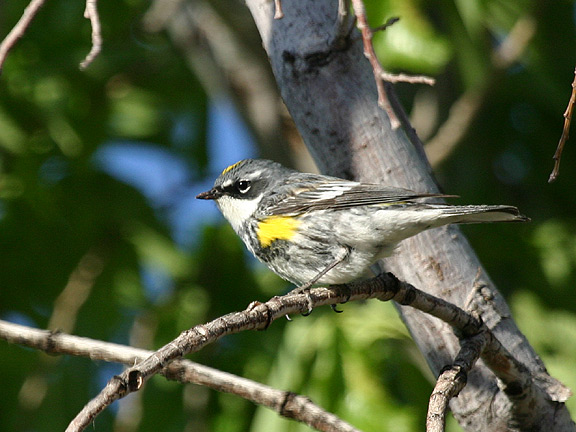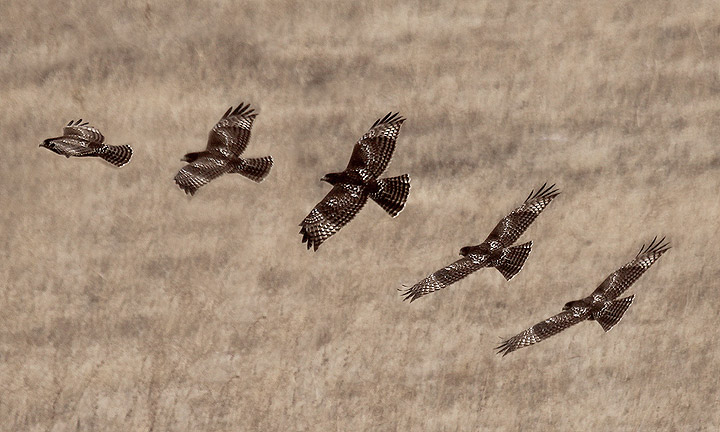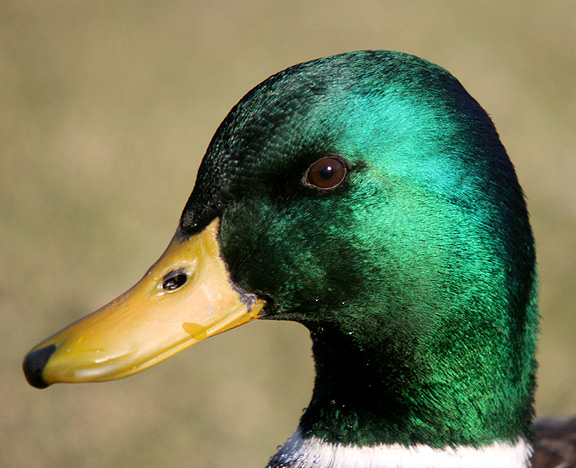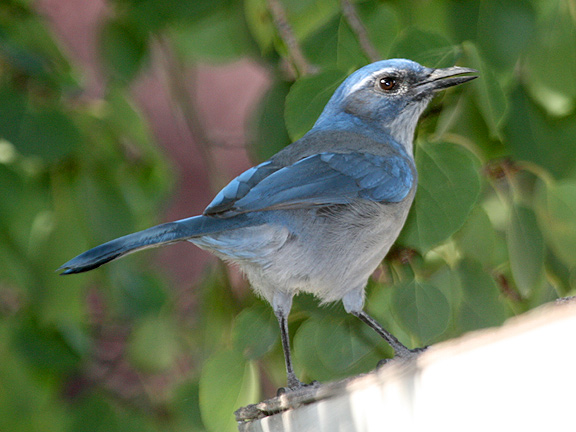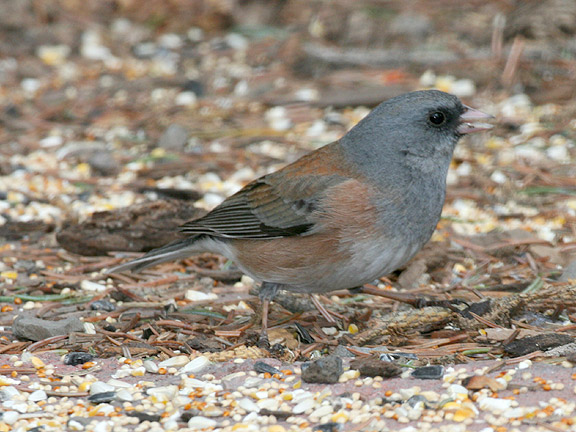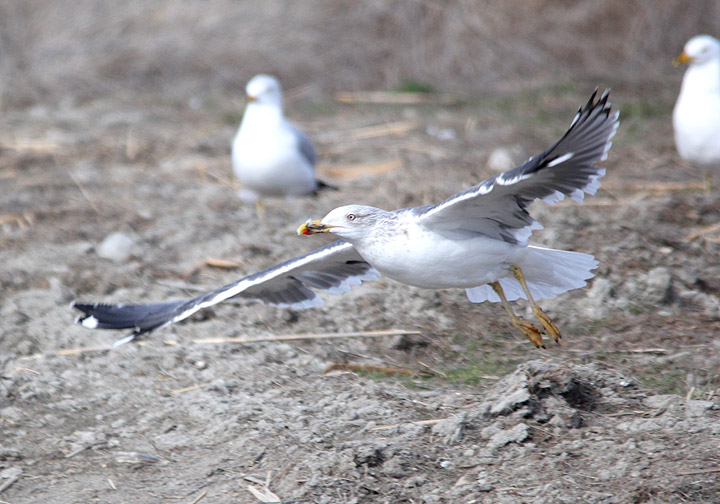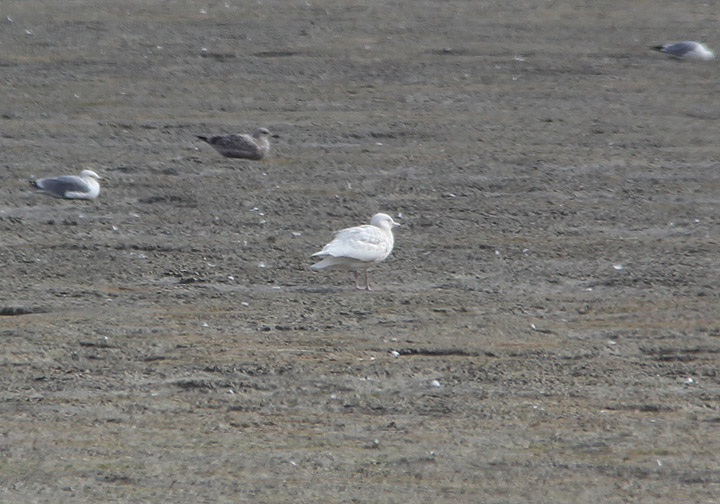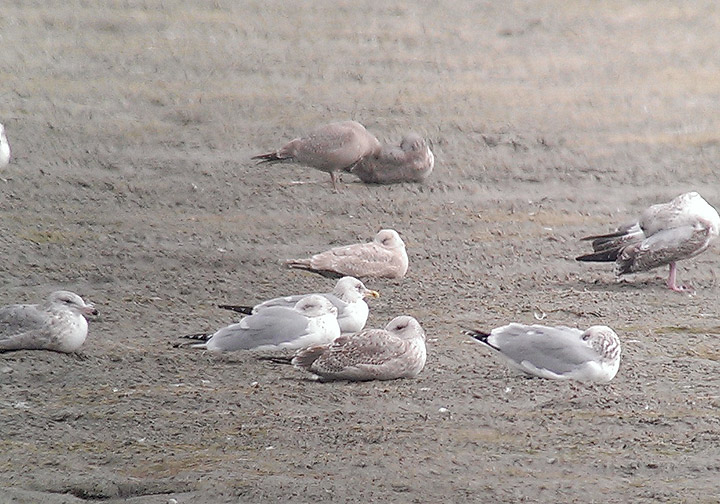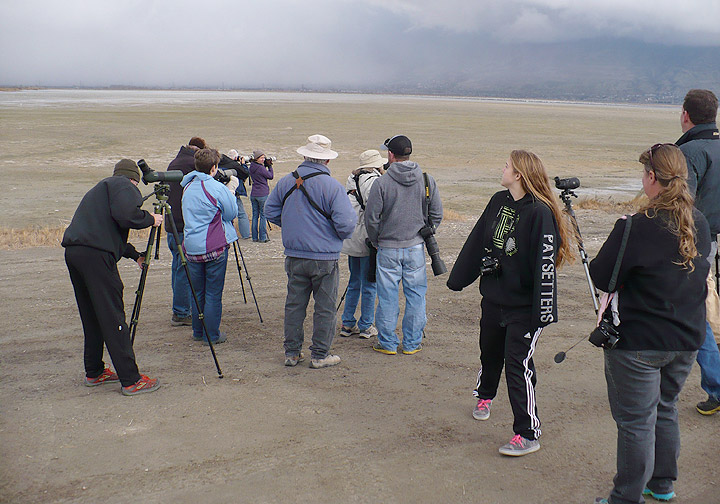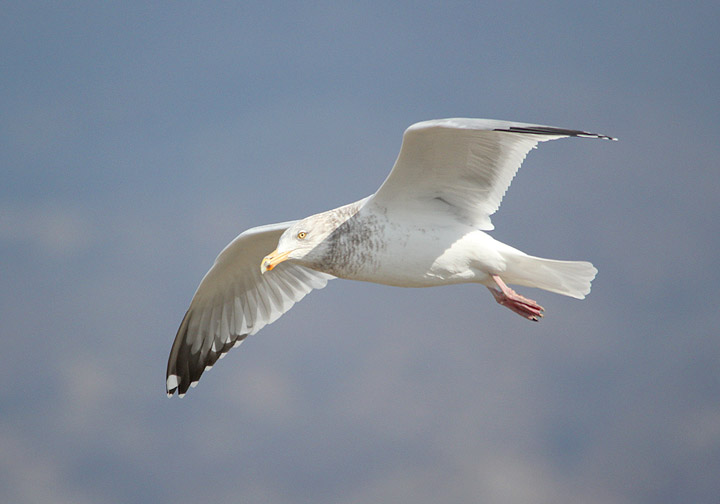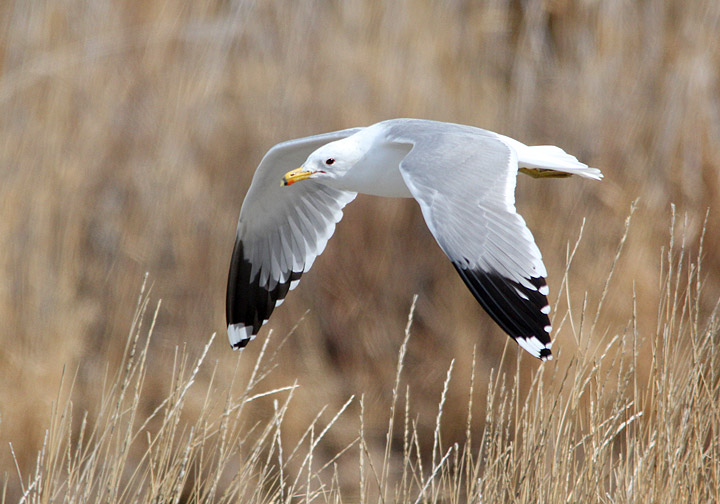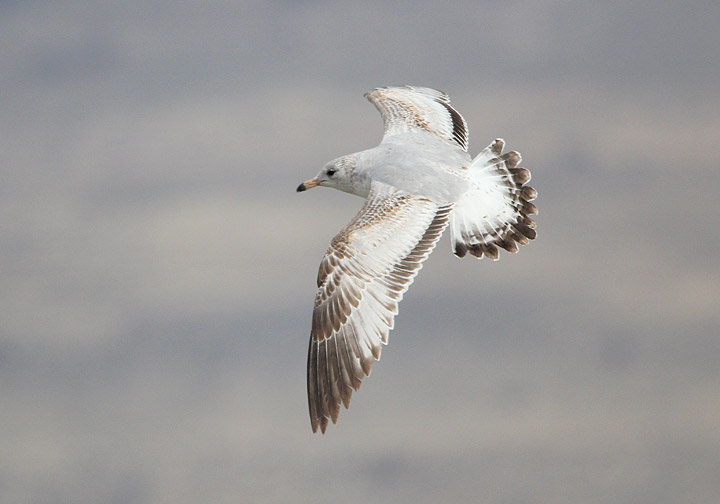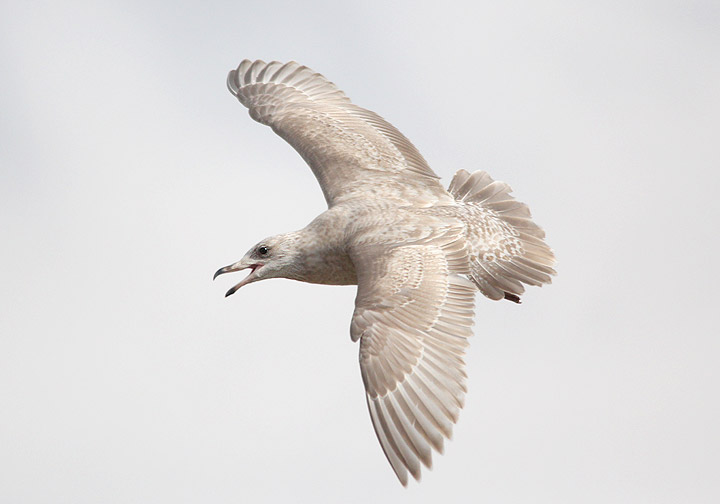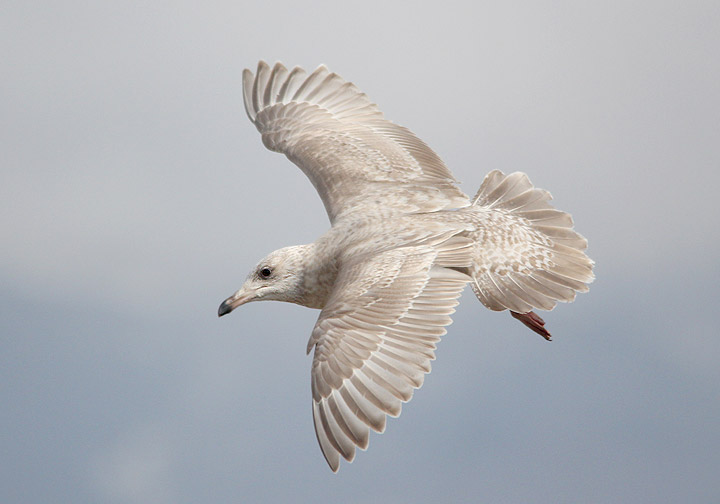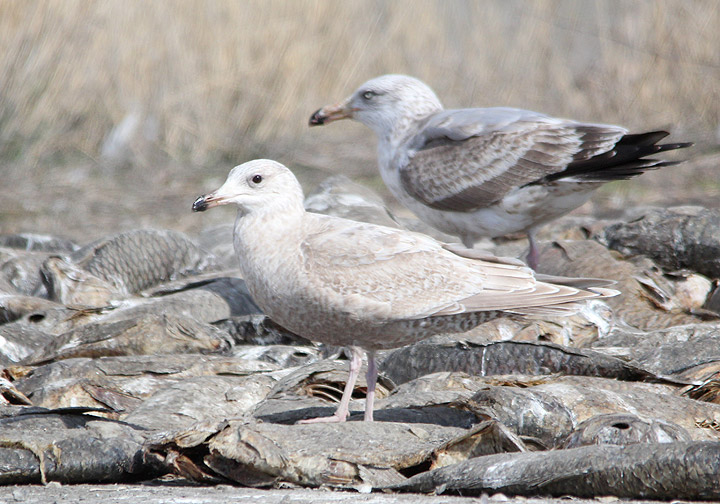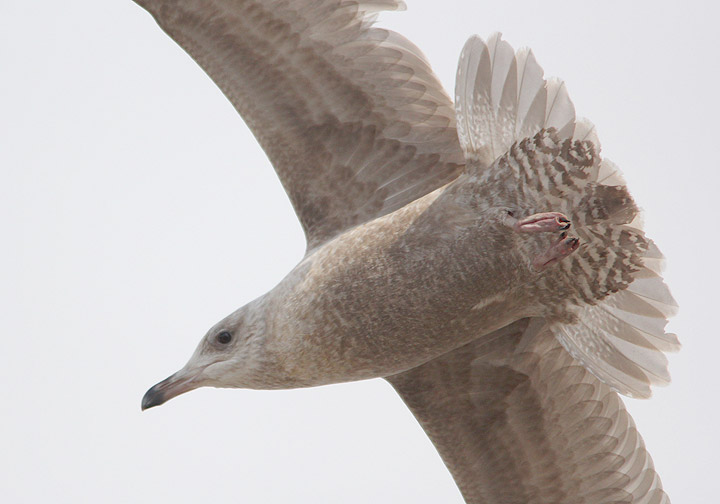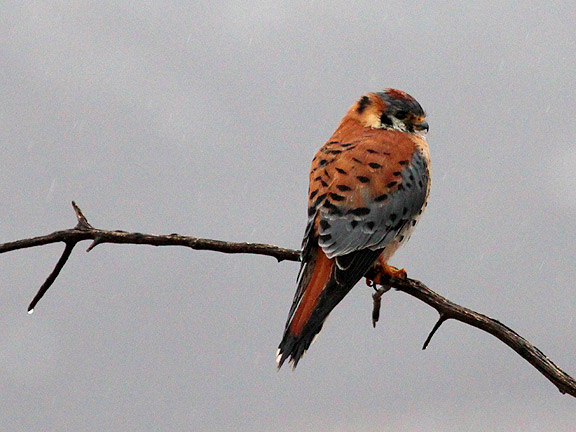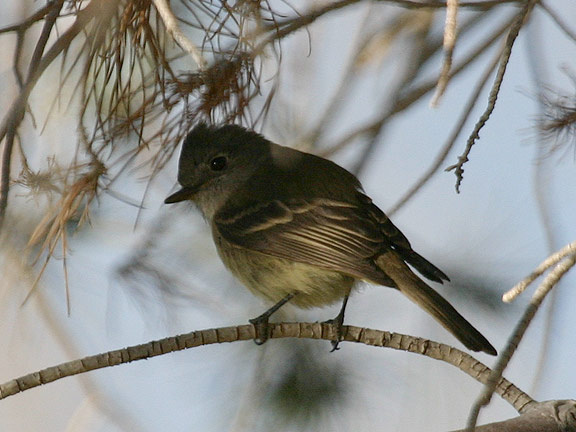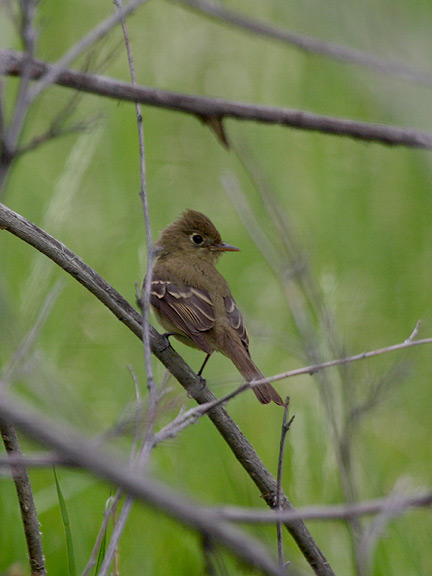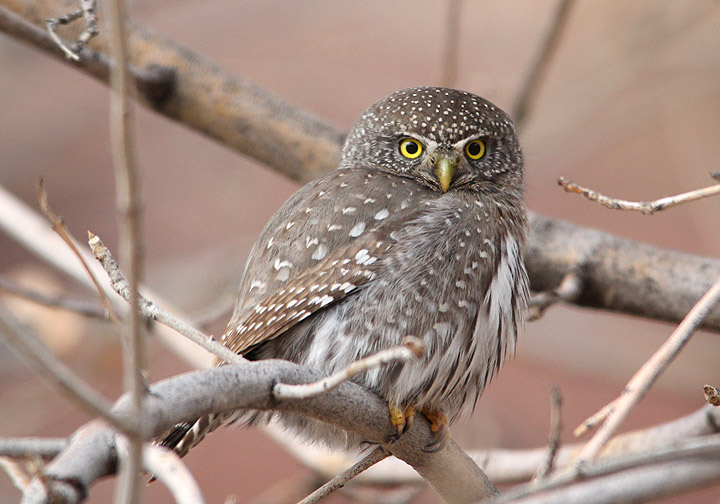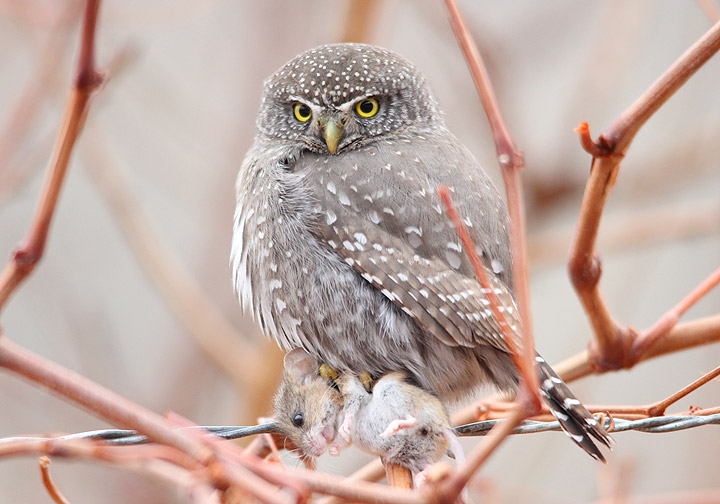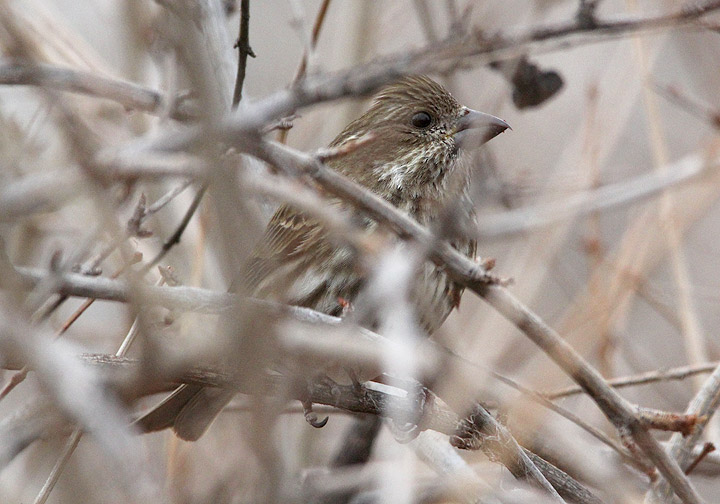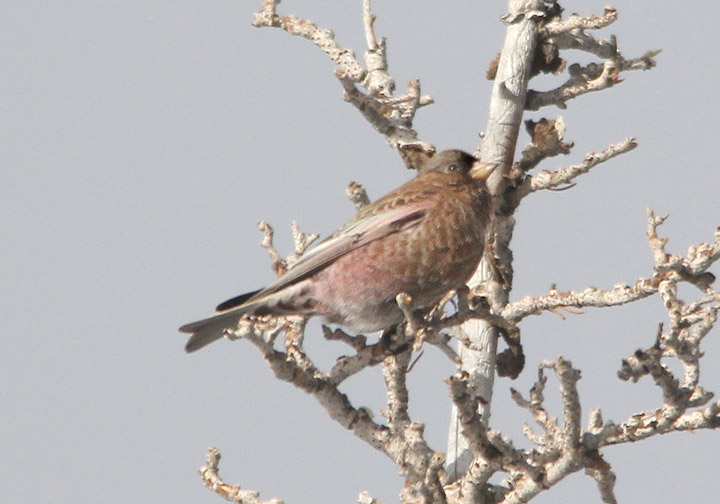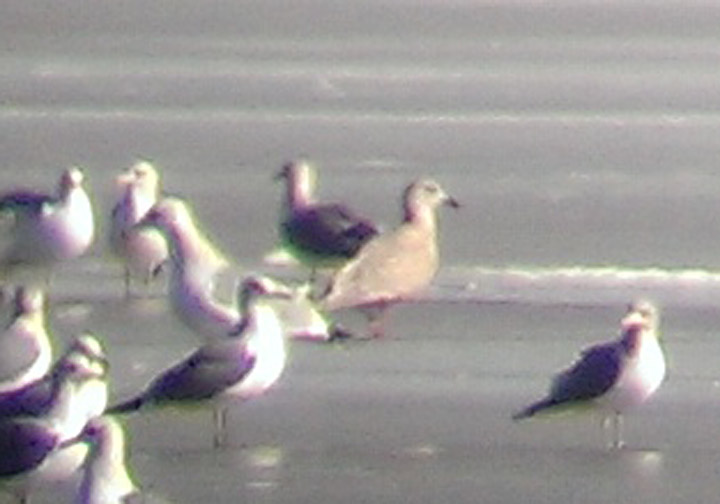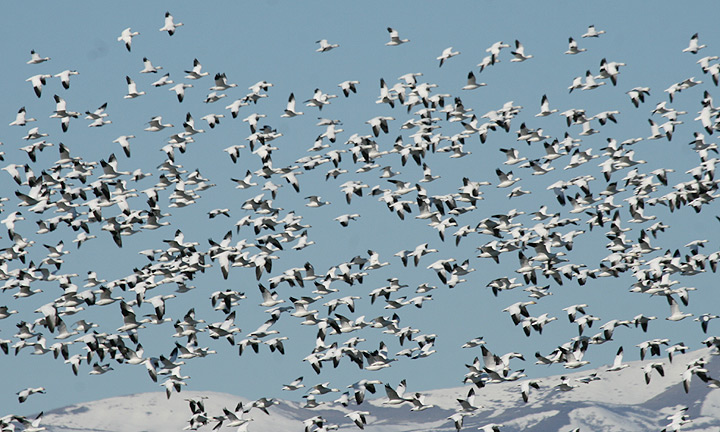At eBird we believe it is important to allow birders to collect as much information as specifically as possible.
Pretty vague, but they also say this a few lines later in their help document about subspecies:
For this reason, we try to allow this possibility for those that feel comfortable making these identifications. If you are not comfortable, or do not understand what the subspecies group refers to, please enter your sightings at the species level.
This is going to be the average eBird user; and in 99% of subspecies cases, the species level is going to be enough information to cover the local taxa. But Team eBird does end with this:
A final benefit for entering subspecies groups is that if they are ever split, we will automatically update your lists as appropriate... We encourage you to try to learn more about the eBird subspecies groups in your area and identify them when possible.
So their stance does actually appear to be use them if you feel comfortable, it will benefit you and us. But I think they are overselling it a bit. There are a few species here in Utah I have a bad habit of "subspecielizing" (yeah I just made that up) birds when I create a checklist. Namely these are "Audubon's" Yellow-rumped Warbler, and "Red-shafted" Northern Flicker. These are 2 cases where I got in the habit of doing it a long time ago, but I am going to stop. The reason is simple--in both these cases the subspecies I am naming is the default species found here. This is common knowledge and from a database perspective if this species ever does spilt they will be able to generalize in the east and the west which form was being reported. There are several states where this will be problematic, but in those states the solution should be to note either subspecies. In Utah it really only would matter to note the "Myrtle" subpsecies of Yellow-rumped Warbler as it is going to have far fewer reports and since its not the nominate subspecies it is worth noting. Same for Yellow-shafted Flicker--reports on a yearly basis can be counted on our hands. This can be taken into account if a split occurs.
I also have stopped noting "Western" Red-tailed Hawk. I do always make note of "Harlan's", and if any others ever showed up here, I would note them as well.
There are also a number of subspecies that I would never take the time to report. "Northern" Mallard, "Blue form" Great Blue Heron--I mean come on these are redundant. These are again the default subspecies here, and the average birder isn't looking to identify forms of Great Blue Heron. Obviously, if a "White form" GBHE shows up I think most birders would take the time to note it... but in general this seems ridiculous. Mallards even more so--99.99% of Mallards in Utah are "Northern". Taking the time to note this in a checklist isn't adding value at the subspecies level. The .01% of times you see a "Mexican" taxa it is well worth noting.
Green-winged Teal is another one I don't note--obviously "American" is going to be the typical one here--if I ever saw a "Eurasian" I would take note immediately--that happens quite rarely here in Utah. Western Scrub-Jay is another one folks--if by some miracle a "Coastal" or "Sumichrast's" showed up here definitely worth noting. But the "Woodhouse's" form is the only species known to occur here--so we probably don't need to note it. Let's not even talk about the subspecies within these subspecies. The list goes on, Steller's Jay, Marsh Wren, and Spotted Towhee.
But then there are birds I "subspecielize" (I really like this term) that I see the real value in. These are one where multiple subspecies occur in the same area at certain times of year and worth noting. Dark-eyed Juncos anyone? This is the obvious case where noting a subspecies has a value. It is not uncommon to have 4 subspecies at once during migration, when the local and migrant populations are both found--or even during the winter months. This is one of the rare cases where a common species really does need it. I also note subspecies within "Merlin" as we seem to get a good mix of "Taiga" and "Prairie"--obviously "Pacific/Black" is well worth noting.
On the flip side we leave A LOT of these subspecies that are generally the expected subspecies off the checklists. This is the way I like it and the way I am going to do my listing going forward to keep things clean, succinct, and obvious. As a birder I challenge you to know subspecies and recognize them--that is something well worth doing. But for checklists in eBird I don't much see the point of noting the obvious ones. If splits ever do occur on most of these, the team at eBird will probably write an algorithm (if they haven't already) to correctly filter the split subspecies into their categorically correct species bucket in a given region, time of year etc.
But to each their own right? Thsi post is not to tell you NOT to use subspecies. It is one persons opinion on the need for it i ncertai cases. Do what you feel comfortable doing and what you want to do to track your sightings. I'm just one dude doing things one way! What are your thoughts on subspecies in eBird.
Labels: eBird, subspecies
